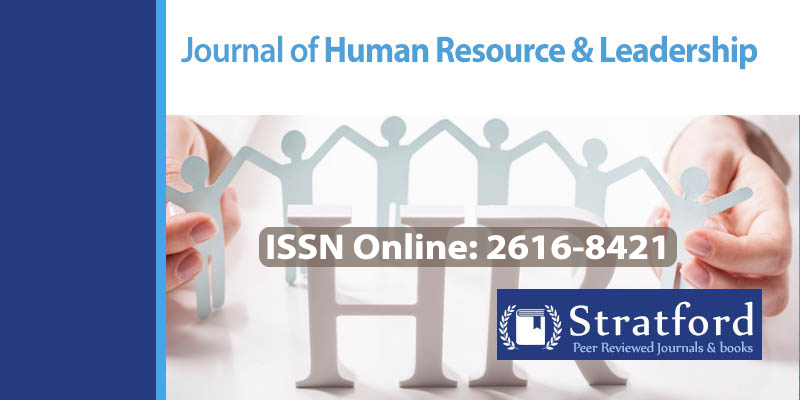Making Home Work; Making Work Home: Charting a New Paradigm for Employment Relations in an Emerging Work Environment
DOI:
https://doi.org/10.53819/81018102t4118Abstract
Following the emergence of the virtual Organization resulting from the third and fourth phases of the Industrial revolution, the old Employment Relations paradigm has seized to function optimally. The objective of this paper was to explore an Employment Relations paradigm shift that will match the contemporary workforce, workplace and Organization. This paper explored the people management models that emerged in the phases of the industrialization process. Exploring extant literature, the effect of the third and fourth Industrial revolution with the corresponding digital production process that gave rise to the emergence of remote working, a remote workforce and a digital organization were unveiled. The challenges faced with the management of the digital workforce, including the implications of the birth of Remote Working on Employment Relations were analyzed. The paper posited that the workplace rules currently in vogue are modeled to work for physical workplace settings. The paper concluded and recommended that models of workplace rule making for Remote working will now need the instrumentality of high cost technologies, employees and Managers re-skilling as an Employment Relations paradigm shift that will make work home, and home work.
Keywords: Employment Relations, Paradigm Shift, Remote workforce, Digital Organization.
References
Biriowu, C. S. (2018). Outsourcing and Employment Relations in the Nigerian Oil and Gas Industry. A PhD Thesis requirement for the award of Degree of Doctor of Philosophy, Rivers State University, Port-Harcourt.
Drake C. D. (1985). Labour Laws. London, Sweet & Maxwell Publishers.
Dunlop, K. (1958). The peaceful settlement of industrial and inter-group disputes; Journal of Conflicts Resolution. 69 –81. Mercury House Publications Limited.
Flanders, A. (1965). Industrial Relations: What is wrong with the system? (Faber and Faber, London.
Hamel, G. and Prahalad, C. K. (1994). Competing for the future. Boston, Harvard Business school press.
Hammer, M. and Champpy, J. (1993). Re engineering the corporation: Manifest for Business Revolution, New York, Harper Business.
Okikiola, B. (2019). How working remotely benefits Employers and Employees. Retrieved on March 21, 2022 from https://bit.ly/302.
Oyesola (2010). An empirical analysis of the capital structure of selected quoted companies in Nigeria. International Journal of Applied Economics and Finance; (4)2, 82-94.
Ozaki, M. (1999). Negotiating flexibility: The role of the social partners and the state. Geneva. International labor office. Palgrave Macmillan.
Prensky, M. (2001). Digital Natives, Digital Immigrants, Part 1. On The Horizon, 9, 3-6.
Smith, K. P. (2022). The future of remote work: overview of issues in Okene, O. V. C. (2012). Labor Law in Nigeria. Claxton and Derrick publications, Port Harcourt., Nigeria.
Smith, K. P. (2022). The future of remote work: overview of issues relating to remote working across countries. Bird & Bird LLP.
Uvieghara, E. E. (2001). Labor laws and legislation. Malthouse Press.
VMware (2022). What is remote work? Retrieved March 21, 2022 from https//www.vmware.com/topics/glossary/content/html.


